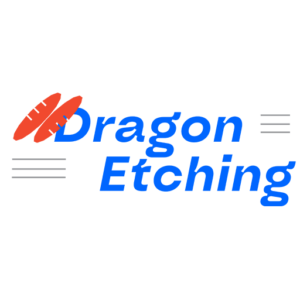Nickel etching is a chemical process used to create precise patterns, markings, or designs on nickel surfaces. This process is employed in various industries, including electronics, aerospace, and automotive. Here’s a guide on commonly used methods for etching nickel and how to set important parameters for effective nickel etching:
Commonly Used Nickel Etchants
- Sulfuric Acid (H2SO4)
Applications:
- Electronics: Nickel components in electronics may undergo etching for quality control, surface preparation, or marking.
- Aerospace: Nickel-plated parts in the aerospace industry can be etched for various purposes, including quality inspection.
Setting Parameters:
- Concentration: Sulfuric acid is typically used in diluted forms, with concentrations ranging from 5% to 20%. Dilute the acid carefully for safety and consistent results.
- Etching Time: The etching time varies based on the desired result and the thickness of the nickel, ranging from seconds to several minutes.
- Temperature: Sulfuric acid etching is often performed at room temperature, but the specific temperature may vary depending on the application.
Setting Parameters in a Nickel Etching Operation
For an effective nickel etching operation using sulfuric acid as an example:
Concentration:
- Dilute the sulfuric acid to the desired concentration, ensuring precise measurements and adequate safety precautions. Dilutions between 5% and 20% are common.
Etching Time:
- Determine the appropriate etching time based on the desired pattern or surface modification. Start with a short duration and adjust as needed.
Temperature:
- Perform the etching at room temperature or the appropriate temperature for your specific application.
Safety:
- Prioritize safety when working with sulfuric acid. Always wear appropriate personal protective equipment (PPE) such as gloves, safety goggles, and lab coats. Ensure that your workspace has access to safety showers and eyewash stations.
Ventilation:
- Maintain proper ventilation to dissipate fumes and gases generated during the etching process. Use a fume hood if available.
Waste Disposal:
- Dispose of used etchant solutions following local regulations, as sulfuric acid waste can be hazardous. Proper handling and disposal are crucial.
If you have an Nickel etching project that you need help with, please contact us

